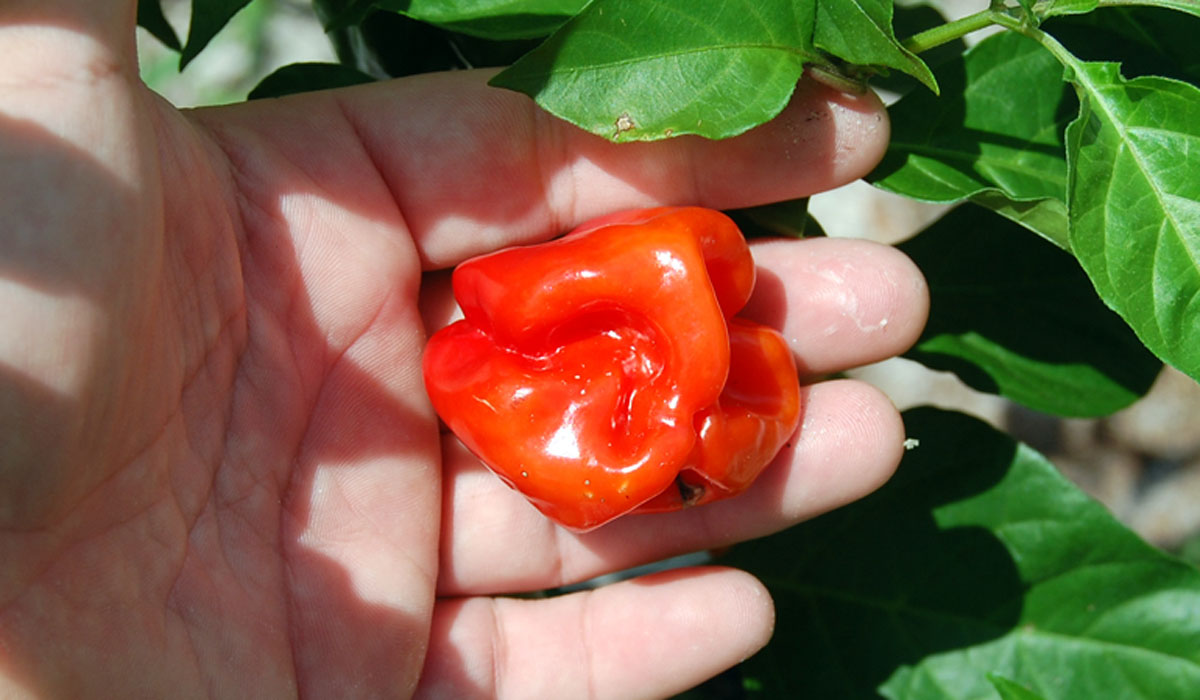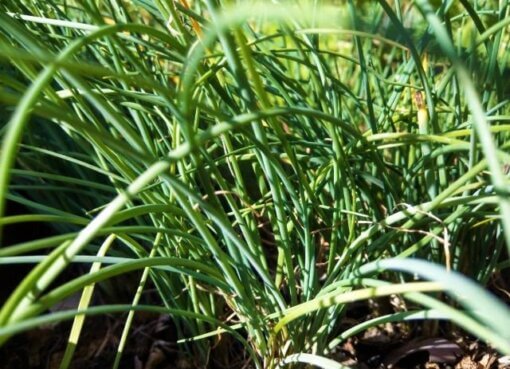Much of the soil that is found in Zone 9 is quite sandy. Sandy soil does not hold nutrients or water well making it a poor substrate for growing most vegetables. Amending the soil in the area of the garden can help create a happy and healthy garden.
One of the biggest issues with sandy soil is that it will not hold any nutrients. When water hits the sand it washes any nutrients out quickly. Adding organic matter to the soil will not only help with nutrient retention but it will also add nutrients its self.
Compost
Compost is the best soil amendment for sandy areas. High quality compost made of many different types of material will add nutrients to the soil and also help retain added nutrients and moisture.
Some good materials to use for compost are vegetable scraps, dead leaves, grass clippings, tea bags, coffee grounds, cow sheep and horse manure, and even saw dust. All compost should be well matured as immature compost can rob the soil of nutrients.
Peat Moss / Coconut husks
Peat Moss and Coconut Husks both serve the same purpose. The aid in moisture retention and help maintain a slightly acidic soil pH. Both can be bought in bulk and is often quite affordable.
When adding peat or husks to the soil mix it at about a 1:2 ratio with compost. Putting to much peat or husks can lower the pH to a dangerous level and even retain to much moisture.
Mixing
Once the amendment materials are decided upon it is time to mix them with the soil. Clear the area that is to be used of any weeds or grass. Layer about 4-5” of amendments on top of the soil and using a shovel or spade begin to mix in the amendments about 4-5” deep. Using a tiller is not recommended as it disturbs the ecosystem too much.
Every season more amendments should be added. If more is not added the amendments will eventually leach out of the soil.






Comment here